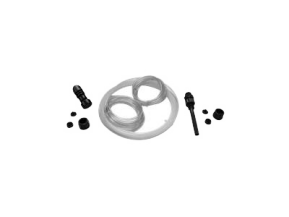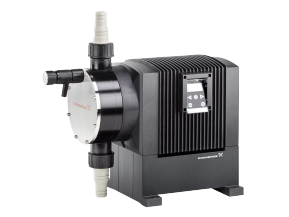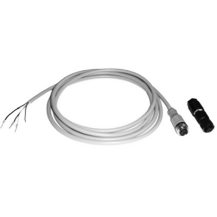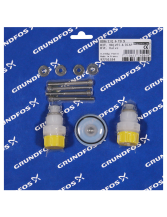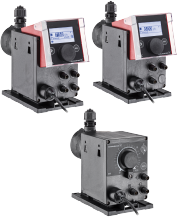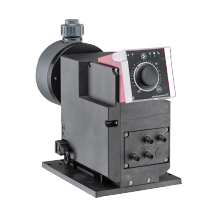A pressurisation unit is a mechanical means of replacing water that has been lost through system leakage and to maintain the system design fill pressure in sealed heating and chilled water systems. This system generally eliminates the need for a cold water storage system in a roof. All sealed heating systems have to have an interlock circuit so that the boilers are cut out if the unit is at fault. Incorrect calibration of the unit settings or pre charging of the expansion vessels will cause the system to malfunction.
Conventional heating systems are provided with a feed and expansion tank, normally positioned above the highest point in the system. This feeds the system with water, accommodates expansion and replaces losses due to evaporation.
This arrangement causes air to be absorbed into the water with resultant corrosion of heat exchangers, pipework and boilers. A sealed system limits air intake and corrosion to a minimum and only needs fresh water make-up to replace any losses caused by leakage. Higher flow temperatures may be used in sealed systems which, with larger temperature drops, permit lower water circulation rates, smaller pumps and reductions in pipework sizes, all with obvious cost-savings.


